Group show
Peripheral Relations: Marcel Duchamp and New Zealand Art 1960-2011
curated by Marcus Moore
26 July – 07 October 2012
Peripheral Relations: Marcel Duchamp and New Zealand Art 1960-2011 was a major exhibition organised by the Adam Art Gallery. Drawing on the PhD research of Marcus Moore, guest curator of the exhibition, it explored the influence of Marcel Duchamp on New Zealand art, canvassing the history of Duchamp’s reception in New Zealand from 1960 to the present. It showcased seldom-seen works by Duchamp held at the Museum of New Zealand Te Papa Tongarewa, to document the little-known gift of his works as part of the Isaacs Bequest (1982), as well as referenced the ground-breaking exhibition of the Sisler Collection of Duchamp’s works that toured New Zealand in 1967.
These actual instances of Duchamp ‘in’ New Zealand were set alongside three generations of New Zealand artists who register a debt to his example. The show brought together works by 29 artists: Jim Allen, Billy Apple, Bruce Barber, g. bridle, L. Budd, Bill Culbert, Paul Cullen, Julian Dashper, Andrew Drummond, et al, Merit Gröting, Adrian Hall, Terrence Handscomb, Christine Hellyar, Giovanni Intra, Betty Isaacs, Julius Isaacs, Darcy Lange, Maddie Leach, Len Lye, Kieran Lyons, Daniel Malone, Julia Morison, Michael Parekowhai, Roger Peters, Malcolm Ross, Marie Shannon, Michael Stevenson, and Boyd Webb. It also presented ephemeral and archival material relevant to the subject. The exhibition was accompanied by a public programme that drew out a range of themes inherent in the topic, and a checklist with notes on each artist and introduction by Marcus Moore.
Marcus Moore’s approach, which was evident in the selection and layout of the exhibition, was to explore how Duchamp’s legacy can be read from a New Zealand perspective. Playing on the fact of our peripheral location, the show considered how key works by Duchamp have been examined, referenced, quoted and adapted according to the changing concerns of artists, from their initial reception of Duchamp in the 1960s through to the present. While Duchamp’s notion of the ‘readymade’ played a crucial role in the exhibition, other key works: the Large Glass and the Bôite en Valise in particular, were explored for the ways in which they inform local practice.
The exhibition received funding from the Massey University Research Fund.
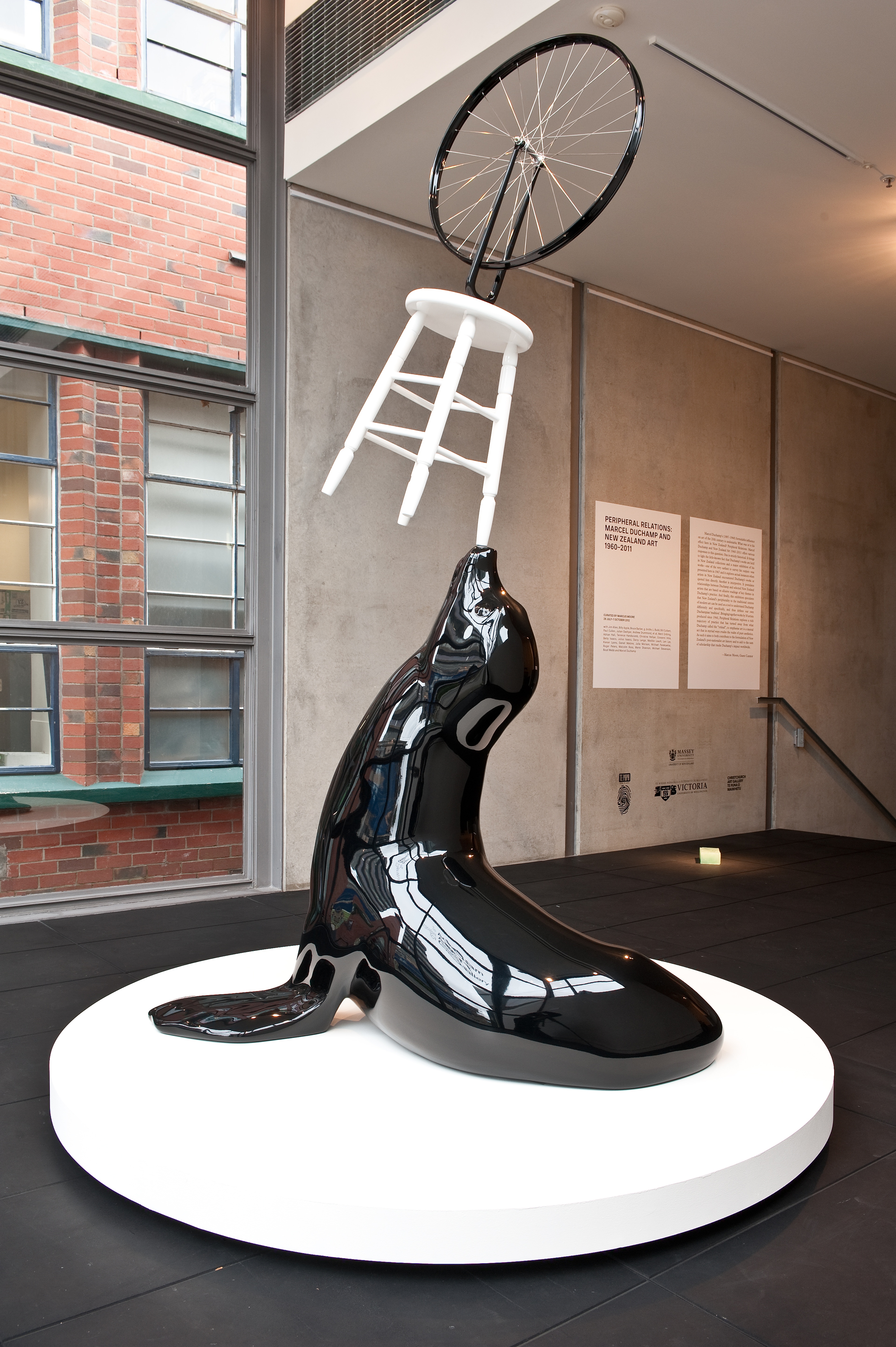
Michael Parekowhai, My Sister My Self, 2006. Installation view, Peripheral Relations: Marcel Duchamp and New Zealand Art 1960-2011, Adam Art Gallery Te Pātaka Toi, Victoria University of Wellington, 2012. Photo: Robert Cross
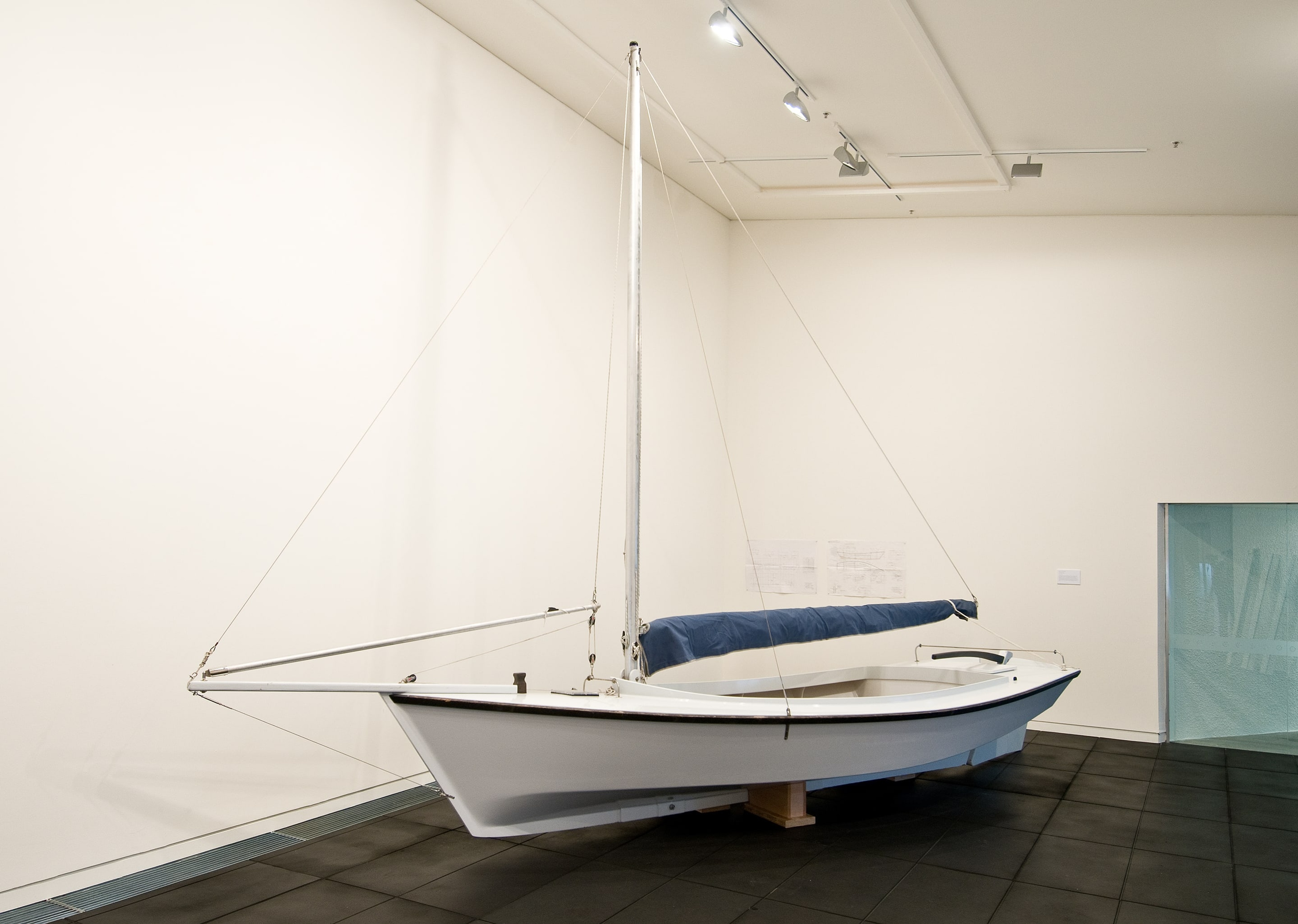
Maddie Leach, Chincoteague Skiff, 2006/7. Installation view, Peripheral Relations: Marcel Duchamp and New Zealand Art 1960-2011, Adam Art Gallery Te Pātaka Toi, Victoria University of Wellington, 2012. Photo: Robert Cross
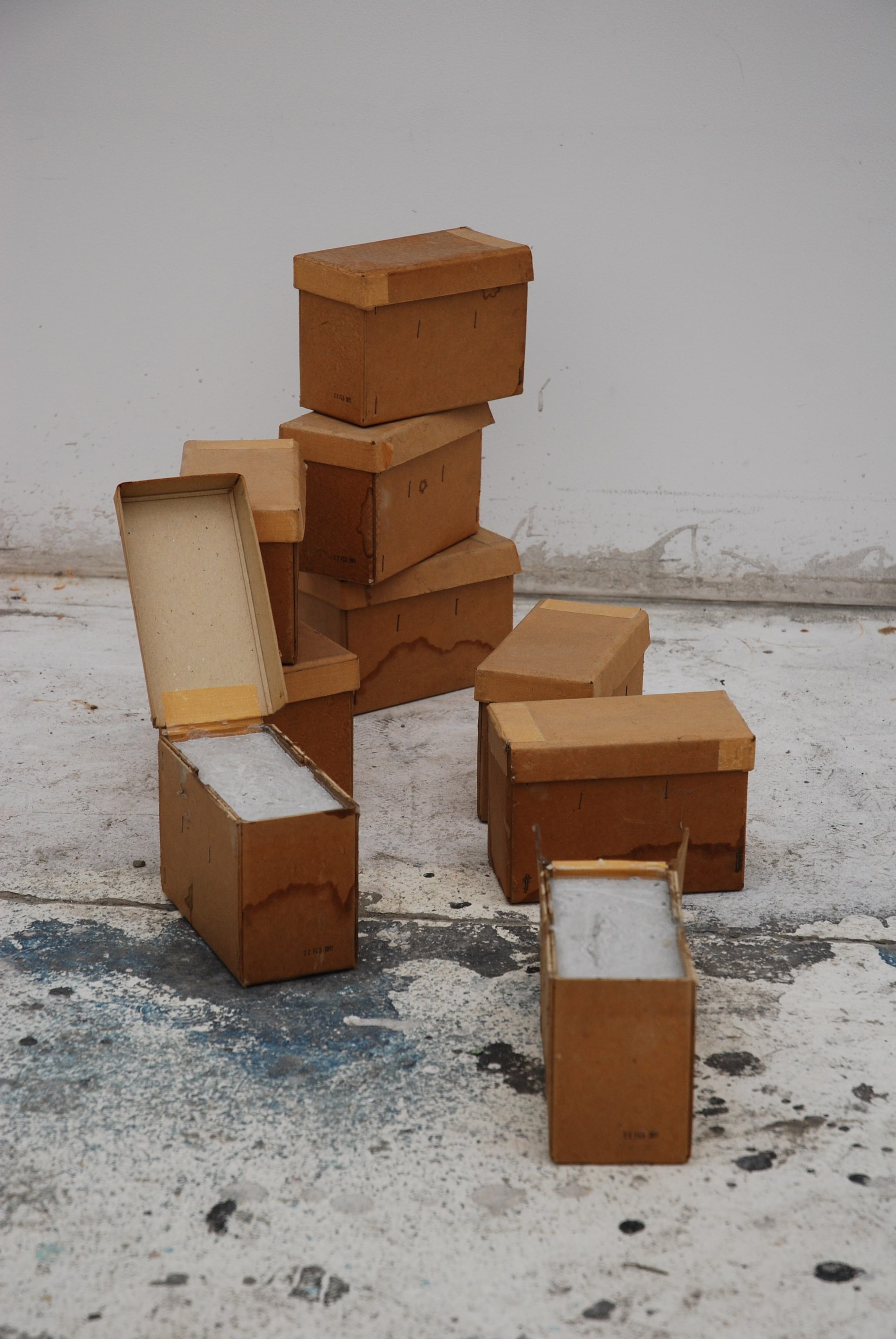
Julia Morison, Relics, 2011
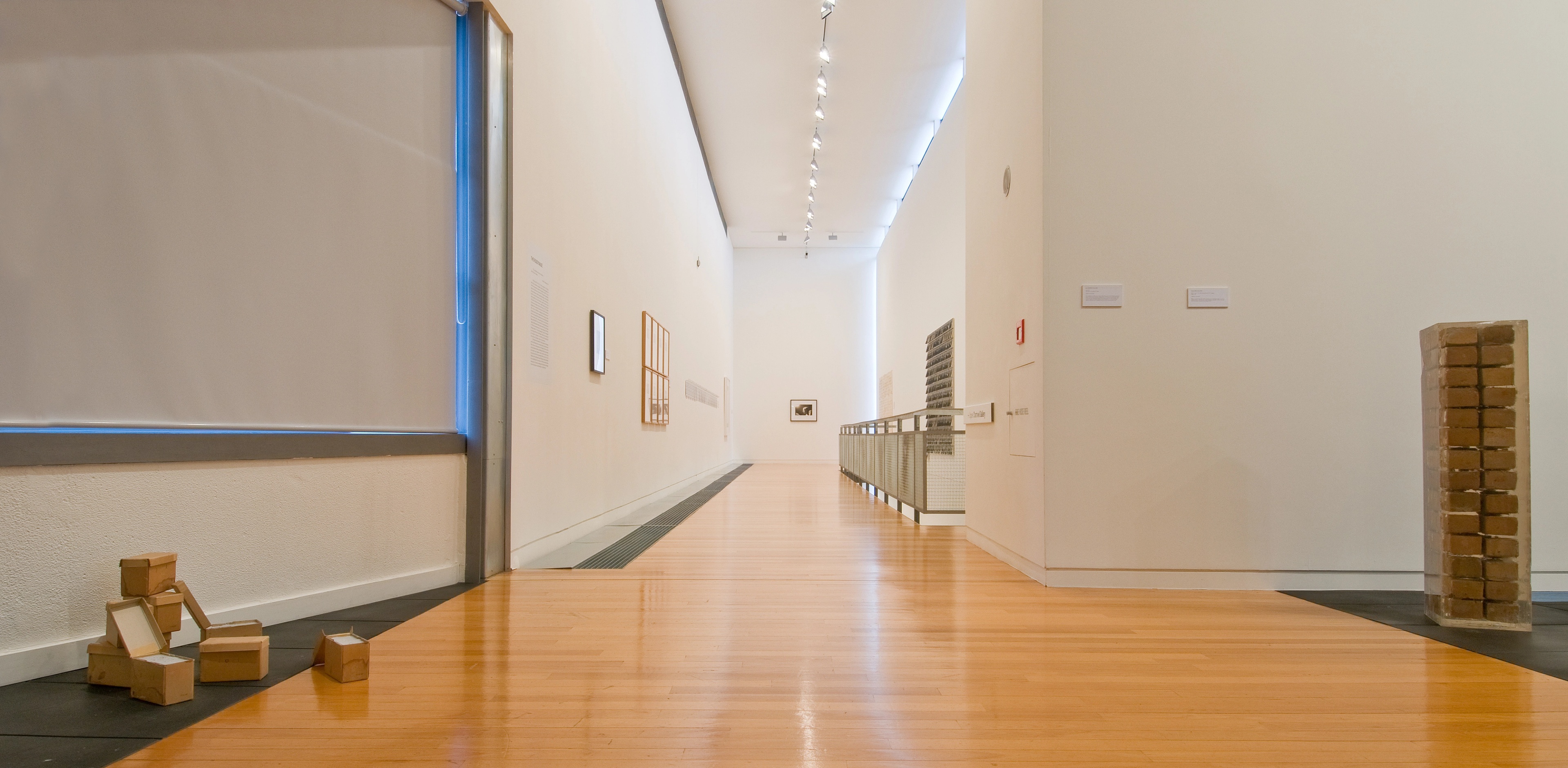
Installation view, Peripheral Relations: Marcel Duchamp and New Zealand Art 1960-2011, Adam Art Gallery Te Pātaka Toi, Victoria University of Wellington, 2012. Photo: Robert Cross
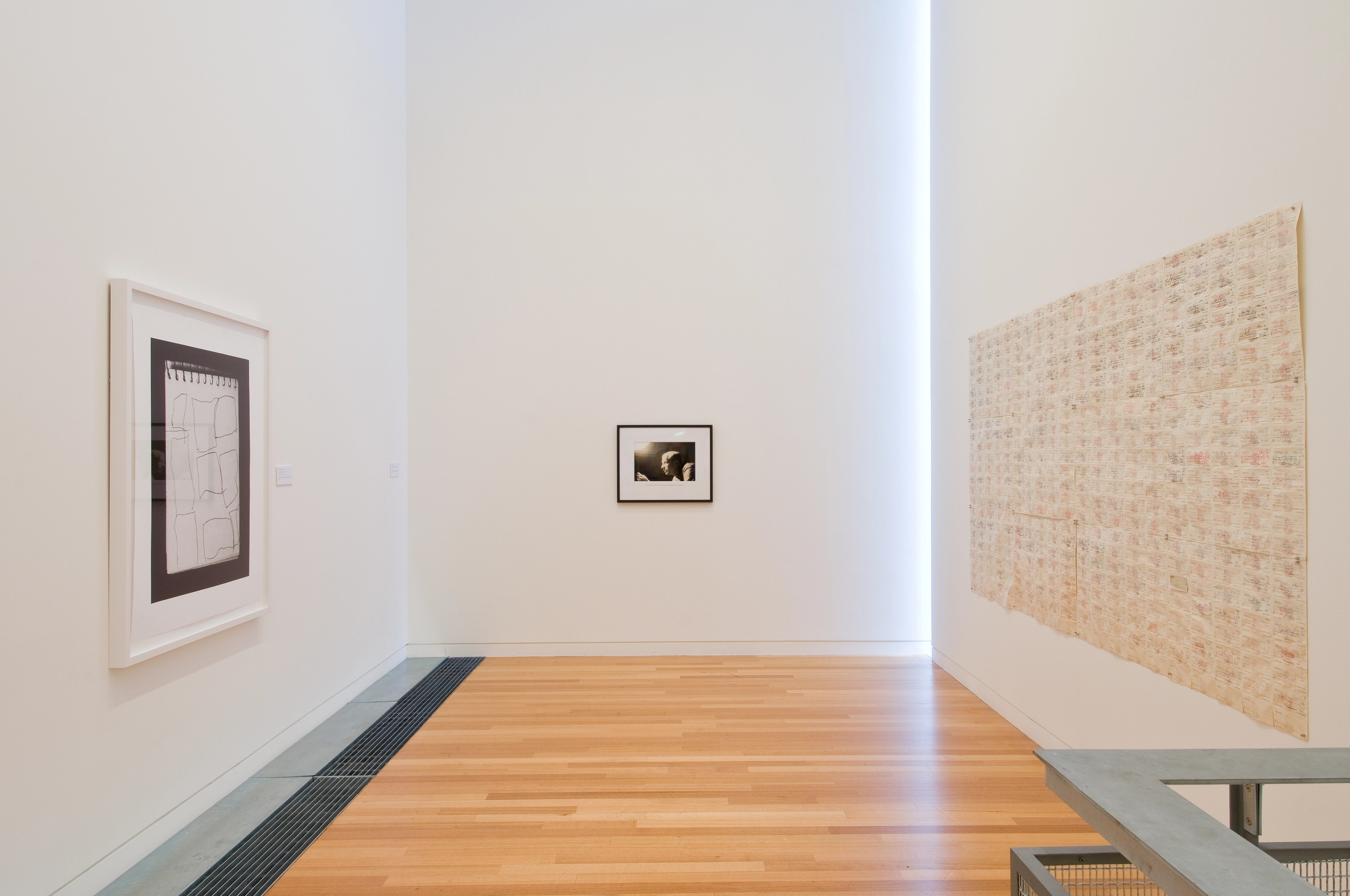
Installation view, Peripheral Relations: Marcel Duchamp and New Zealand Art 1960-2011, Adam Art Gallery Te Pātaka Toi, Victoria University of Wellington, 2012. Photo: Robert Cross
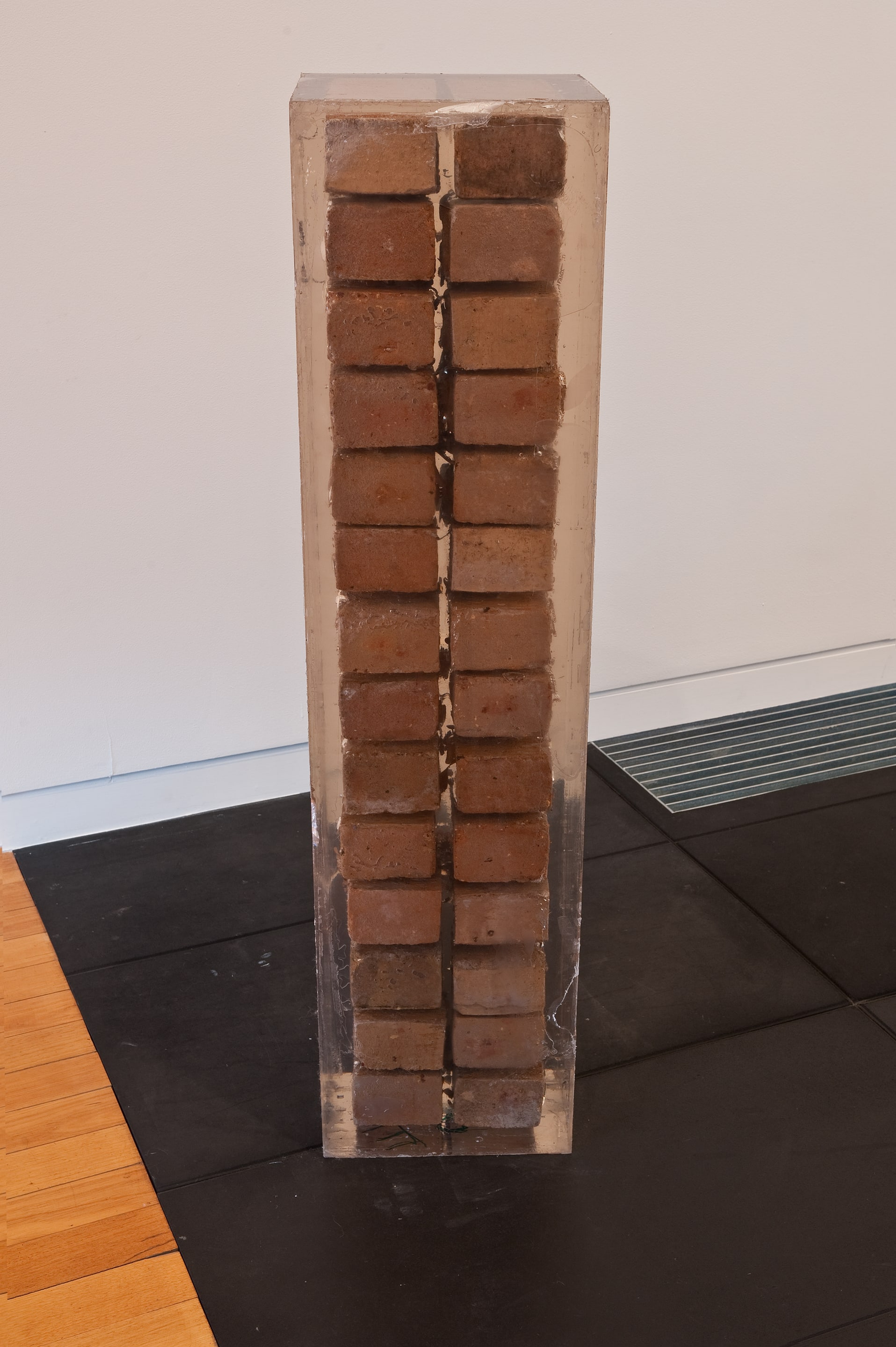
Adrian Hall, Bricks in Aspic, 1971. Installation view, Peripheral Relations: Marcel Duchamp and New Zealand Art 1960-2011, Adam Art Gallery Te Pātaka Toi, Victoria University of Wellington, 2012. Photo: Robert Cross
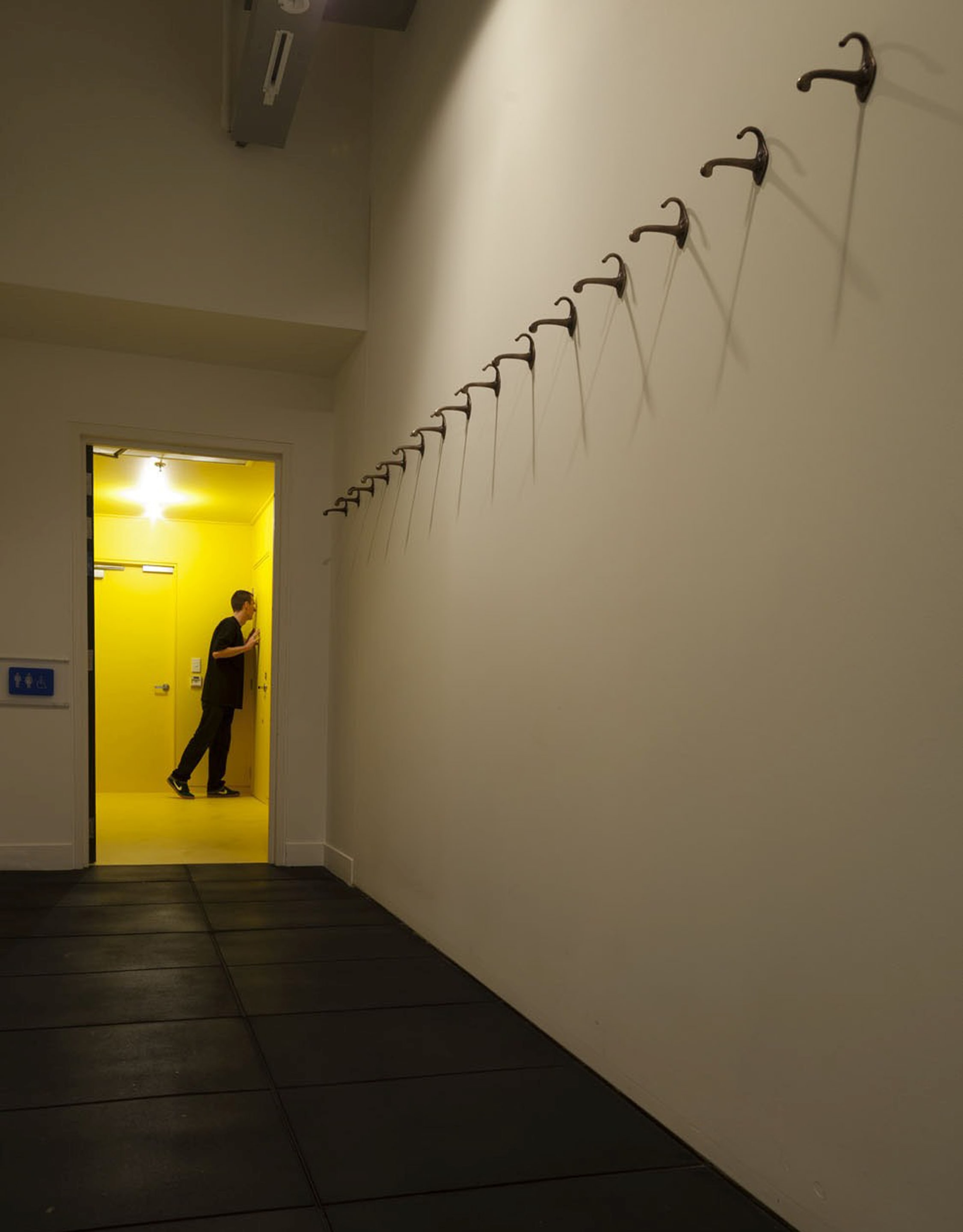
Giovanni Intra, Golden Evenings, 1994. Installation view, Peripheral Relations: Marcel Duchamp and New Zealand Art 1960-2011, Adam Art Gallery Te Pātaka Toi, Victoria University of Wellington, 2012. Photo: Robert Cross
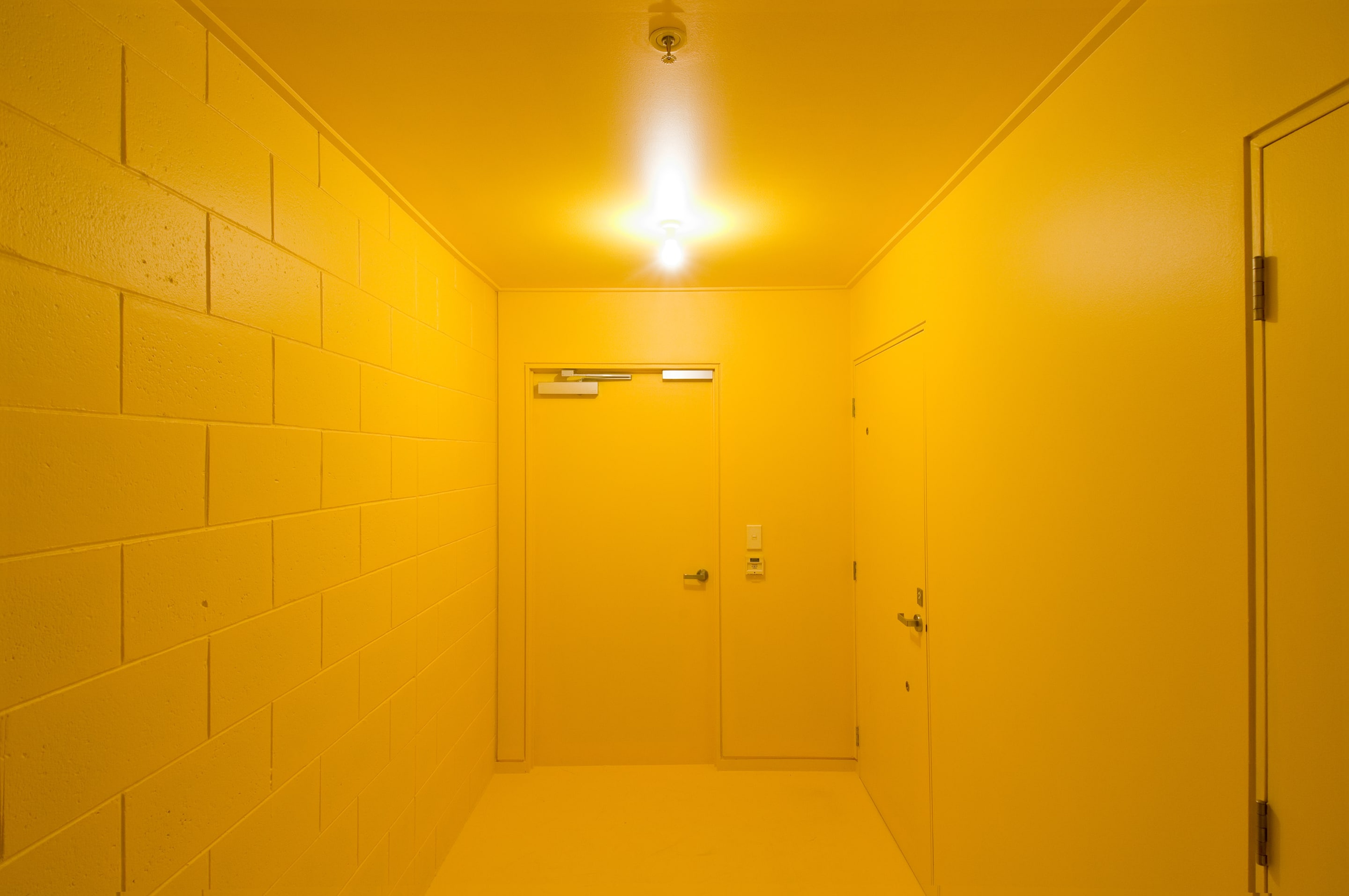
Giovanni Intra, Golden Evenings, 1994. Installation view, Peripheral Relations: Marcel Duchamp and New Zealand Art 1960-2011, Adam Art Gallery Te Pātaka Toi, Victoria University of Wellington, 2012. Photo: Robert Cross

Paul Cullen, Notational Drawing
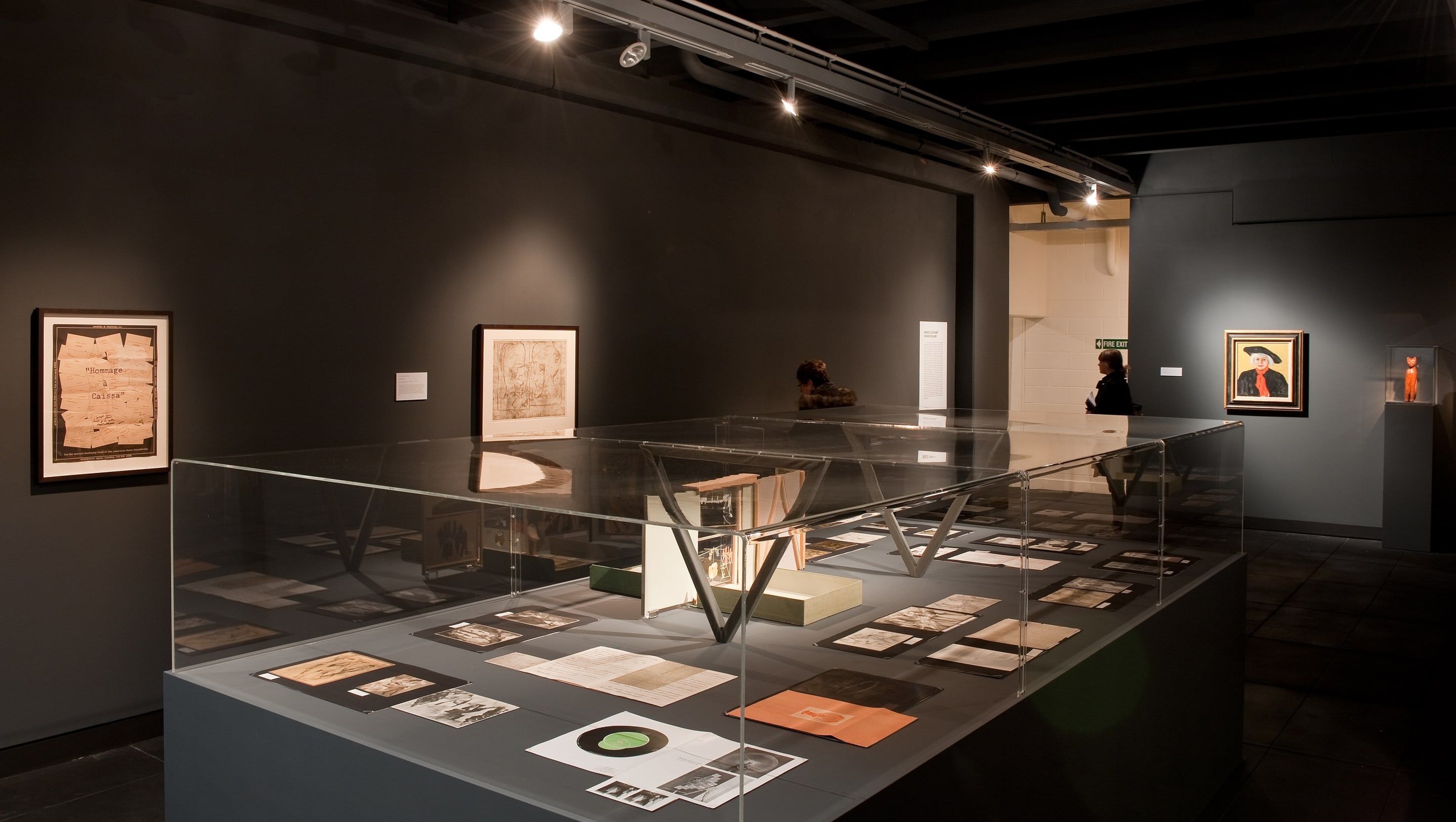
Installation view, Peripheral Relations: Marcel Duchamp and New Zealand Art 1960-2011, Adam Art Gallery Te Pātaka Toi, Victoria University of Wellington, 2012. Photo: Robert Cross
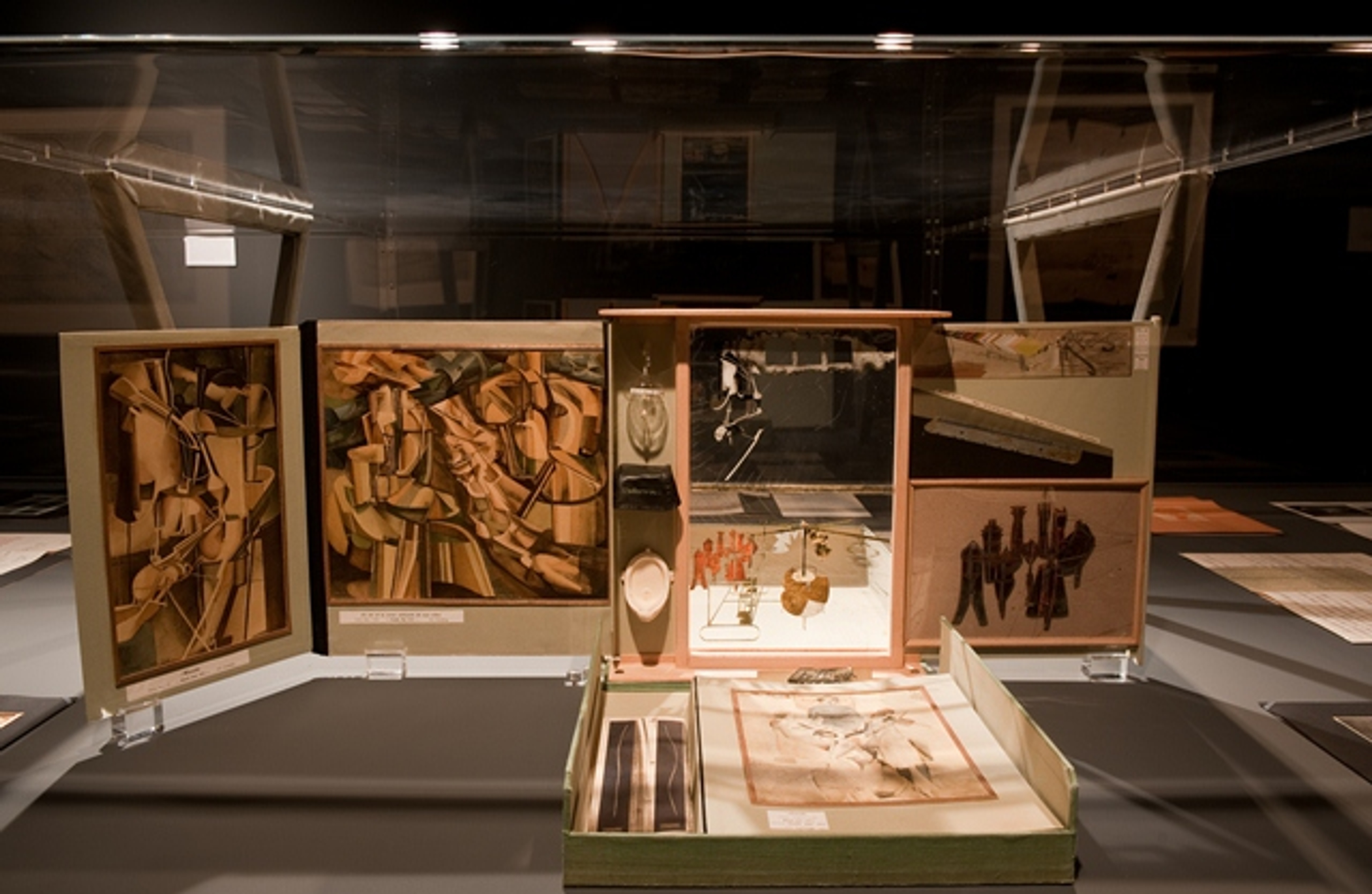
Marcel Duchamp, Boîte-en-valise Series D, Paris 1961. Collection of the Museum of New Zealand Te Papa Tongarewa, bequest of Judge Julius Isaacs, 1983-0032-250/A-Q to Q-Q. Installation view, Peripheral Relations: Marcel Duchamp and New Zealand Art 1960-2011, Adam Art Gallery Te Pātaka Toi, Victoria University of Wellington, 2012. Photo: Robert Cross
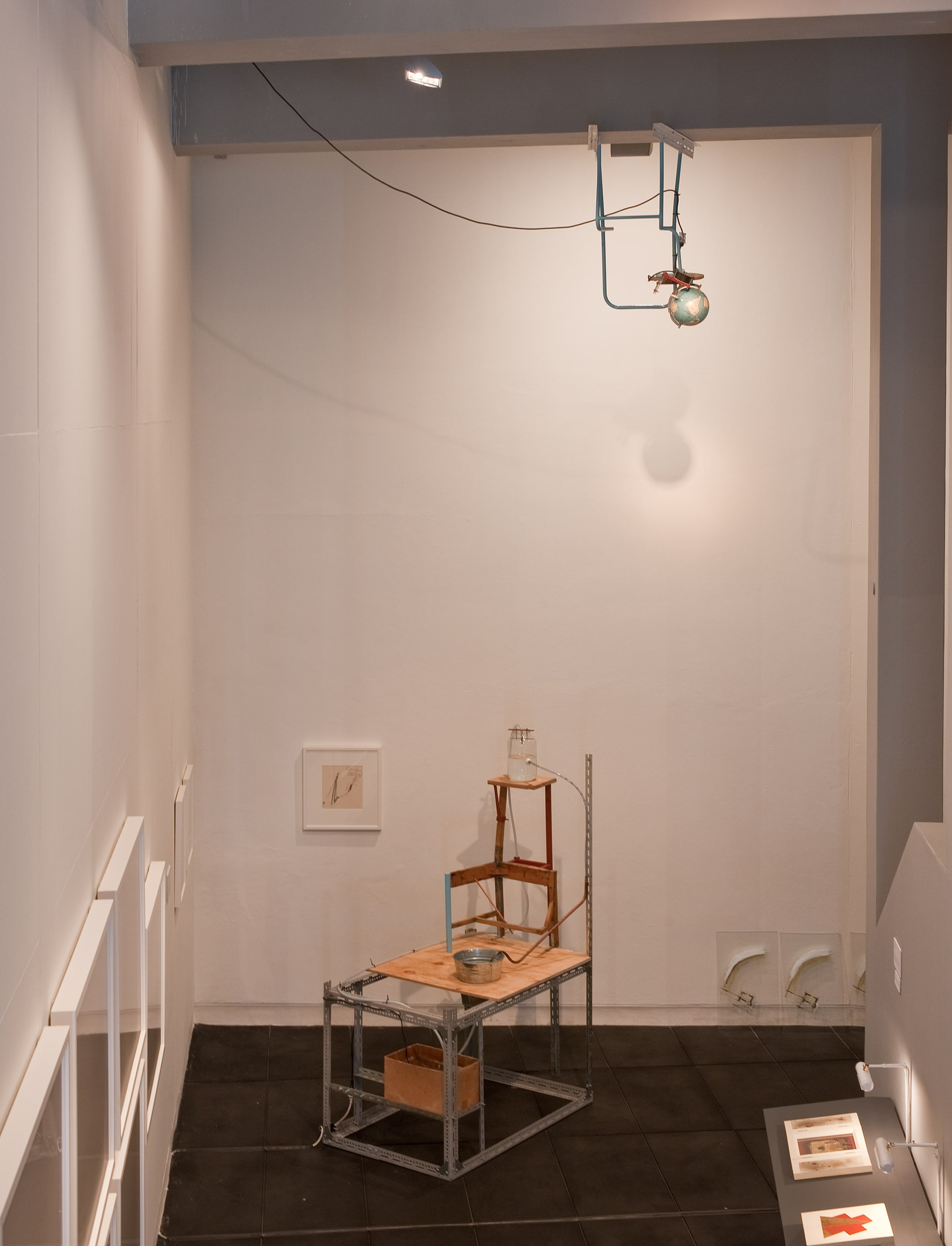
Installation view, Peripheral Relations: Marcel Duchamp and New Zealand Art 1960-2011, Adam Art Gallery Te Pātaka Toi, Victoria University of Wellington, 2012. Photo: Robert Cross
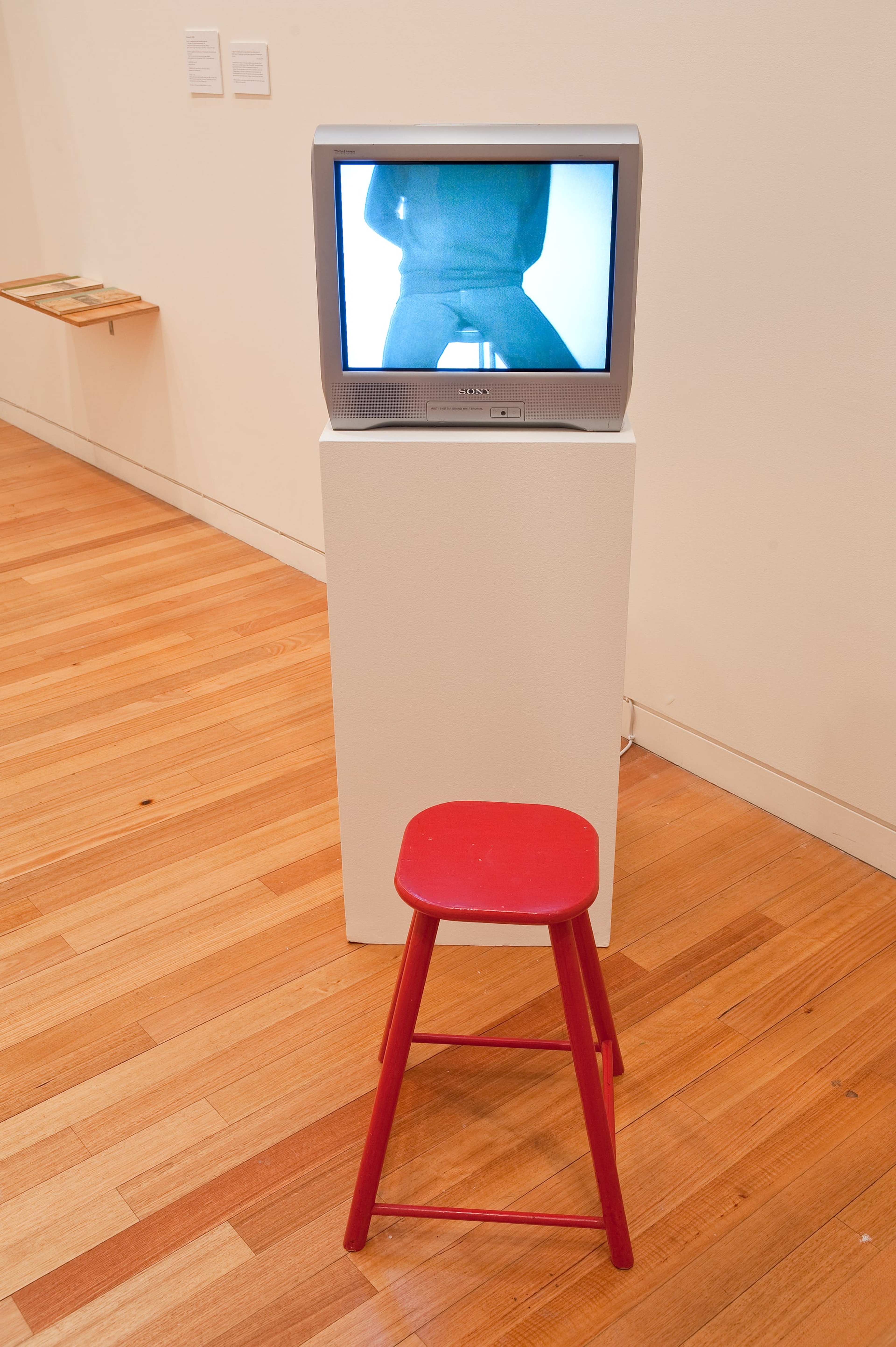
Bruce Barber, Handgame (for Artists, Politicians, Egoists and Solipsists), 1974. Installation view, Peripheral Relations: Marcel Duchamp and New Zealand Art 1960-2011, Adam Art Gallery Te Pātaka Toi, Victoria University of Wellington, 2012. Photo: Robert Cross
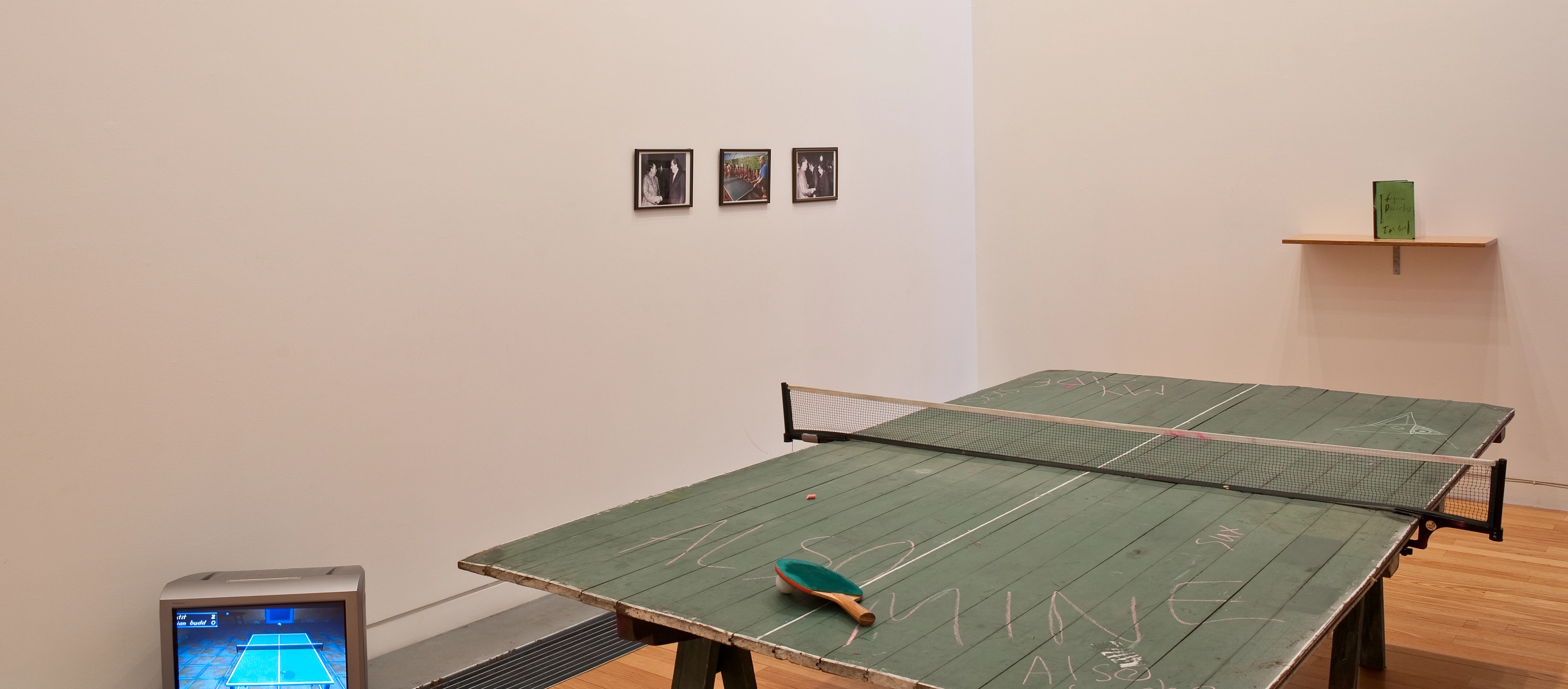
Installation view, Peripheral Relations: Marcel Duchamp and New Zealand Art 1960-2011, Adam Art Gallery Te Pātaka Toi, Victoria University of Wellington, 2012. Photo: Robert Cross
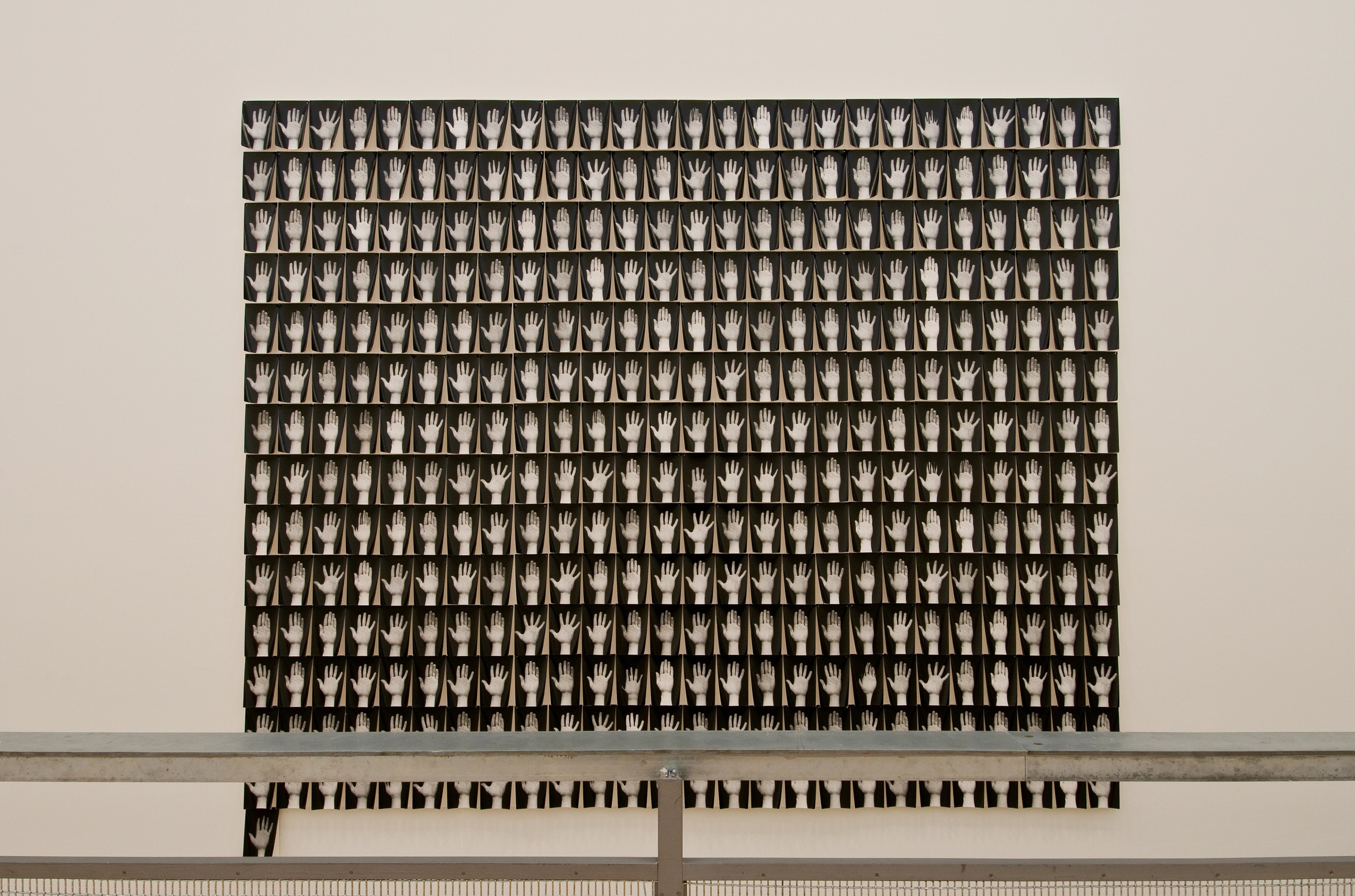
Installation view, Peripheral Relations: Marcel Duchamp and New Zealand Art 1960-2011, Adam Art Gallery Te Pātaka Toi, Victoria University of Wellington, 2012. Photo: Robert Cross
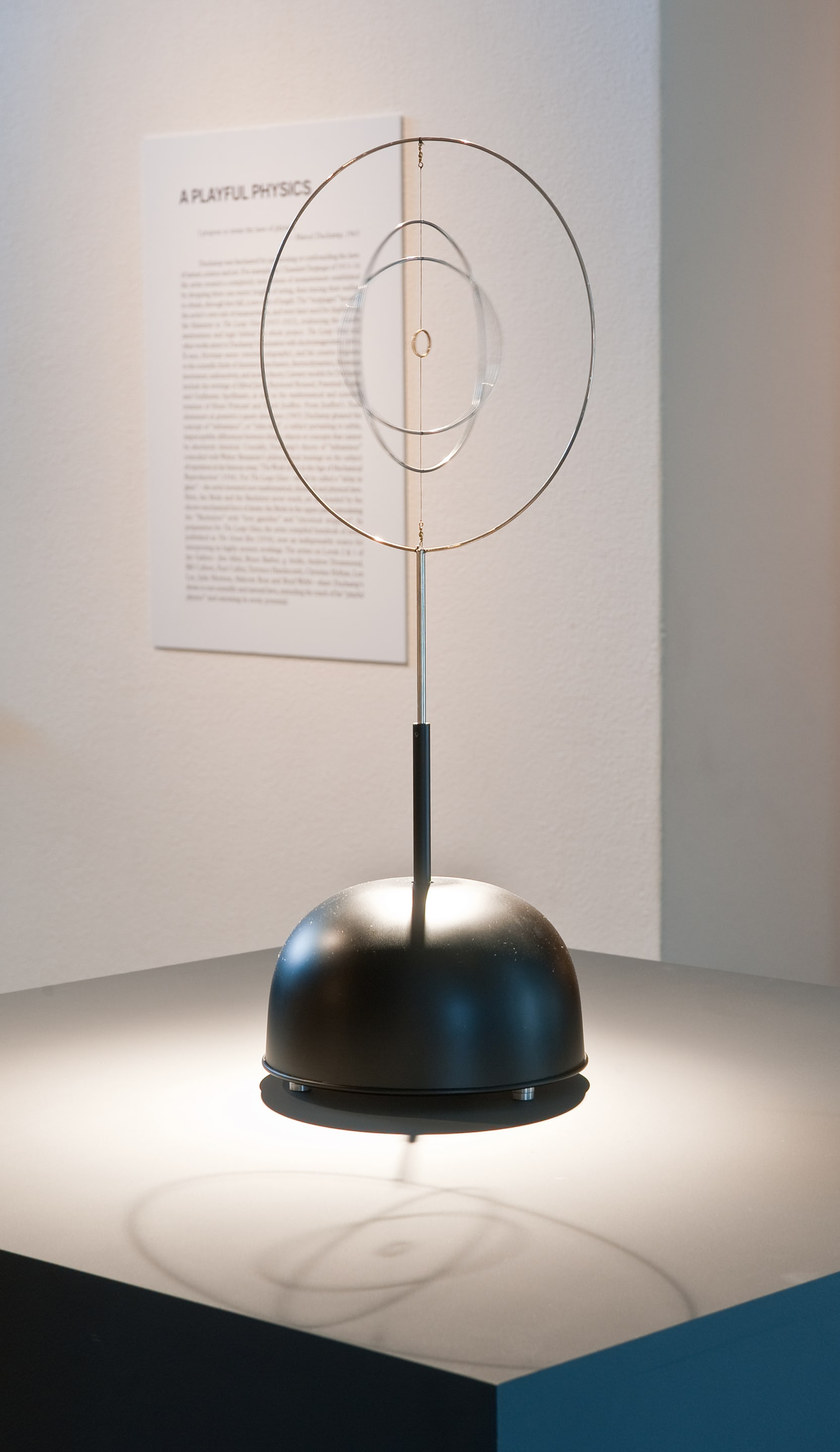
Len Lye, Roundhead, 1960-61. Installation view, Peripheral Relations: Marcel Duchamp and New Zealand Art 1960-2011, Adam Art Gallery Te Pātaka Toi, Victoria University of Wellington, 2012. Photo: Robert Cross
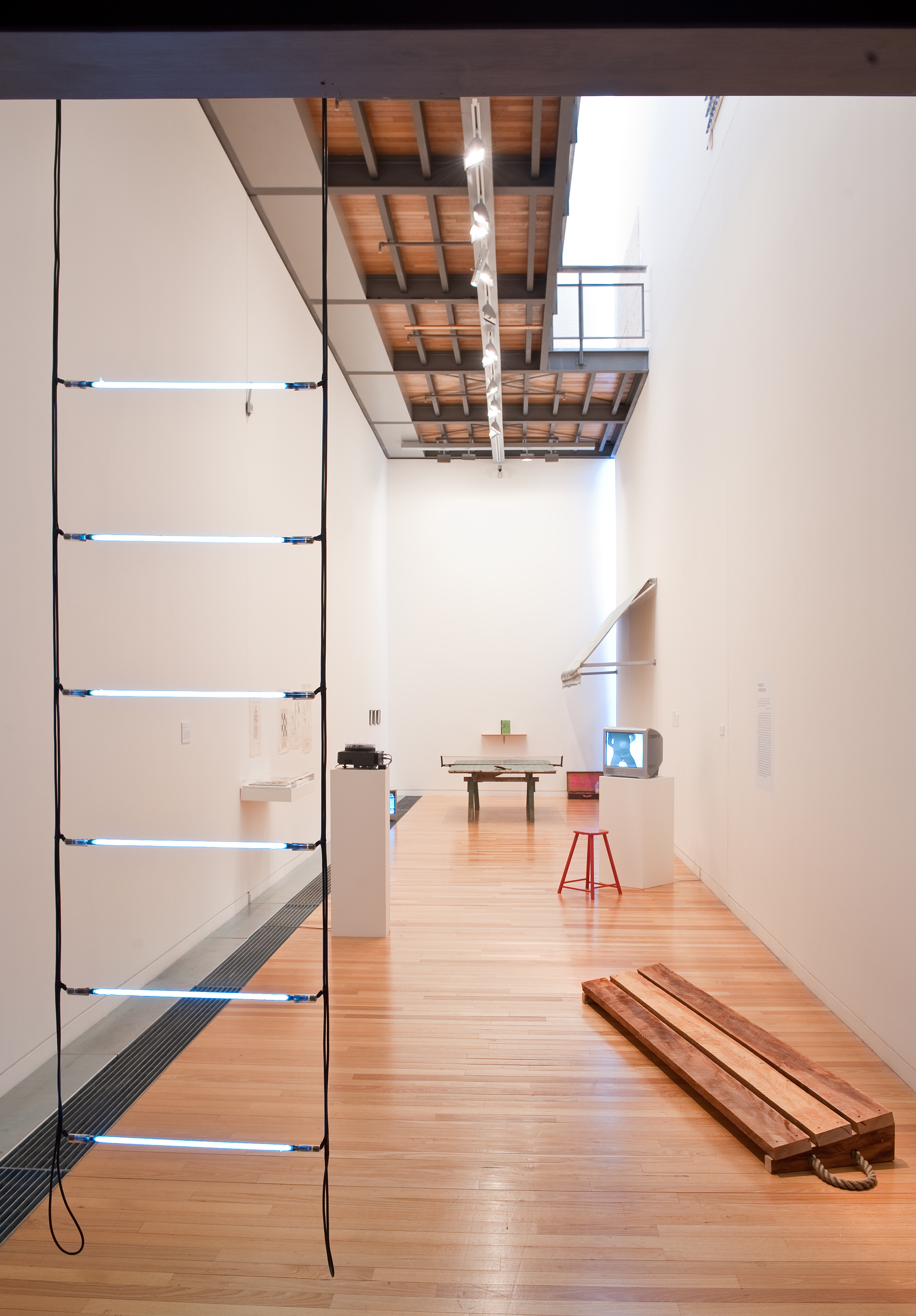
Installation view, Peripheral Relations: Marcel Duchamp and New Zealand Art 1960-2011, Adam Art Gallery Te Pātaka Toi, Victoria University of Wellington, 2012. Photo: Robert Cross